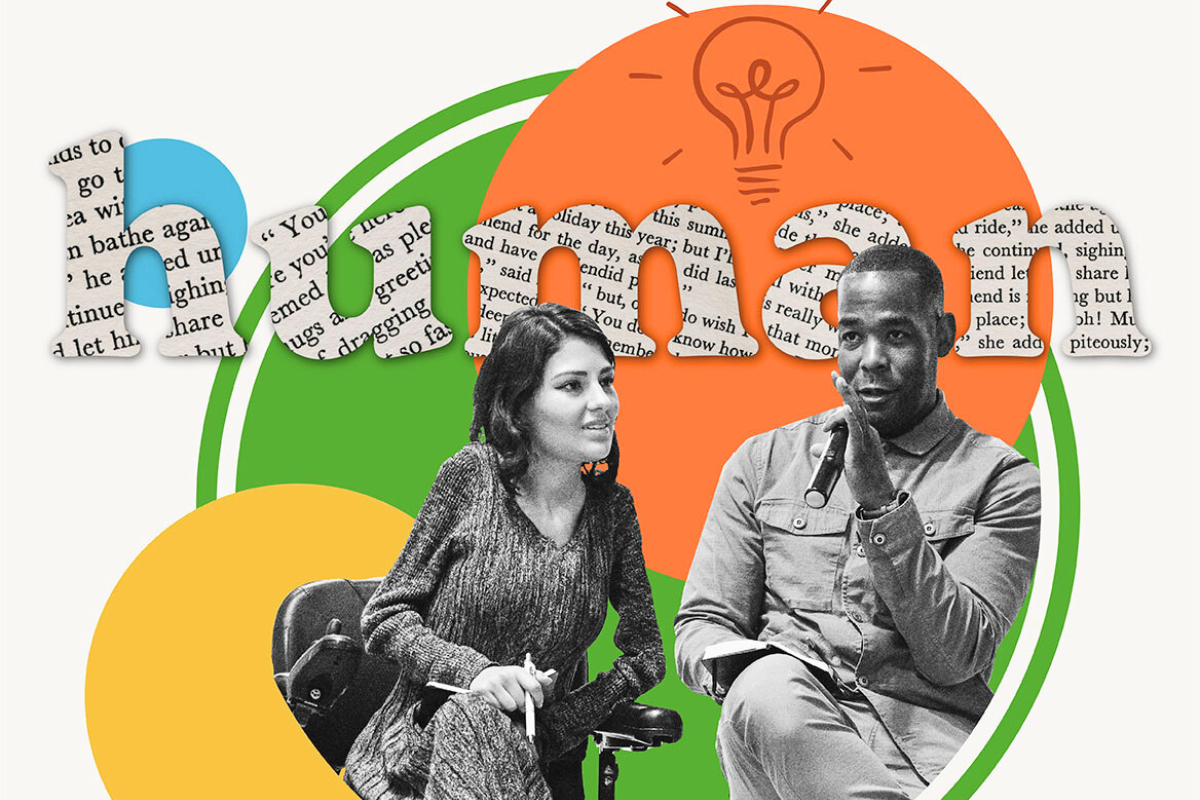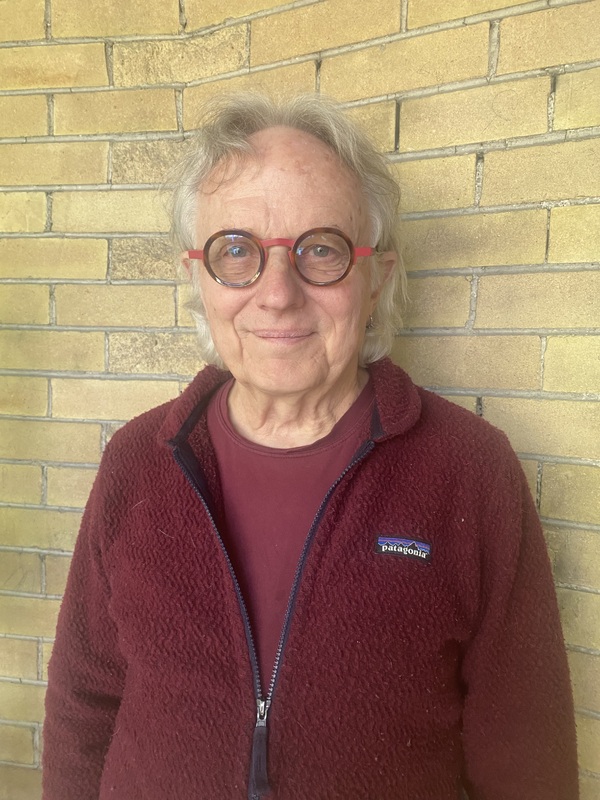-
Title
-
Phillip Bimstein
-
Quote
-
“The ways in which a good, collaborative dialogue between members of a community, whether it was in a town meeting or not, would be similar to a good jazz band, or a bluegrass band in the way they listen to each other, the way they filled the role of accompanist at times, took the lead, riffed off what other said.”
-
Story
-
“I really feel like that humanities program helped to heal Springdale,” Bimstein says.
He discovered the town while backpacking through southern Utah and became captivated with the red rock beauty of the area. He moved there in 1988 in the midst of local turmoil. The mayor at the time sued a number of local officials, and the sheriff came to town meetings to prevent fistfights.
In response to the discord in Springdale, Zion Canyon Arts and Humanities Council helped to develop a series of five presentations and discussions called “Embracing Opposites in Search of the Public Good.” Speakers included Terry Tempest Williams and Daniel Kemmis, author and mayor of Missoula, Montana. “It had a transformative effect on the town,” Bimstein says.
The program, and some nudging from community members, inspired Bimstein to launch a successful campaign for mayor. A year after the program, Bimstein says, “We came in, and we helped to heal the town. We had a different way of conducting business; it was informed by this humanities program. People in the community were informed and enriched by what happened.” Four years later, Bimstein won a second term as mayor.
The benefit of the approach lay in its ability to get people to think about their conflicts in a wider dimension. Where a zoning ordinance at a town meeting might have people at odds, the humanities opened a space for considering other perspectives, a “sphere where we could see things, not in this limited, tight way, but in this wider way, and hear other people’s experience and think about it in broader themes,” according to Bimstein. “And that was the humanities.”
As mayor, Bimstein began to notice similarities between musical concepts and community processes. “A good, collaborative dialogue between members of a community, whether it was in a town meeting or not, would be similar to a good jazz band, or a bluegrass band in the way they listen to each other, the way they filled the role of accompanist at times, took the lead, riffed off what the other said.” This sparked inspiration for Bimstein, who researched the idea over the course of a year and eventually created a course at the University of Utah titled “Composing a Community.” He taught the course for twelve years.
Bimstein’s story exemplifies the way that the humanities can enrich one’s life, informing everything from public service to music to chatting with neighbors. Bimstein’s experimental compositions involved recording interviews with people, and he likens the process to an ethnographer studying a different culture by talking to informants. He discovered this method by first trying to get a field recording of cows mooing in the pasture next to his house. When the cows would not moo for him, he called their owner, a man named Garland Hirschi. Hirschi was able to get his cows to moo, and Bimstein was inspired to include him and his stories in the piece, titled “Garland Hirschi’s Cows.” Bimstein says, “I had this great interest in portraiture: oral and musical portraiture of people.”
-
Date
-
May 30, 2024
-
interviewer
-
Randy Williams
-
Profession
-
Composer
-
Spatial Coverage
-
Springdale, Utah
-
From
-
Springdale, University of Utah


